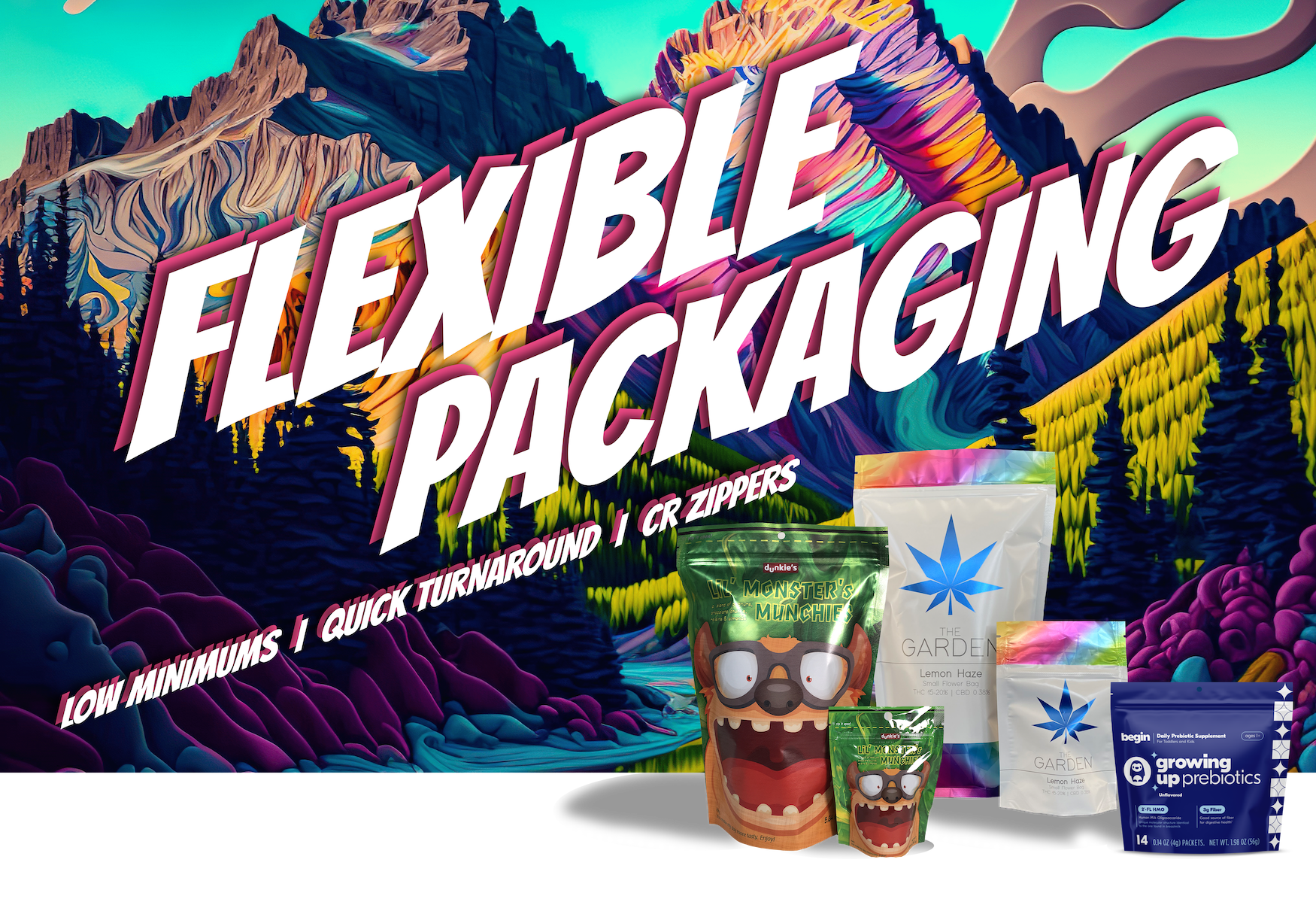UNVEILING THE FUTURE: The Multifaceted Benefits of Flexible Packaging
In the dynamic landscape of packaging, innovation is key, and one trend that has been making waves is the widespread adoption of flexible packaging. Flexible packaging has emerged as a versatile and sustainable solution, offering a plethora of benefits that cater to the evolving needs of both consumers and businesses. Let’s delve into the world of flexible packaging and explore the myriad advantages it brings to the table.

- Versatility in Design: Flexible packaging provides unparalleled versatility in design, allowing for creative and eye-catching packaging solutions. Whether it’s stand-up pouches, sachets, or wraps, the flexibility in design enables brands to showcase their products attractively, enhancing shelf appeal and consumer engagement.
- Lightweight and Space-Efficient: One of the standout advantages of flexible packaging is its lightweight nature. Compared to traditional rigid packaging, it significantly reduces shipping costs and carbon footprint. Additionally, its space-efficient design ensures that more products can be transported in less space, contributing to cost savings and environmental sustainability.
- Extended Shelf Life: Flexible packaging often incorporates advanced barrier technologies that protect products from external elements such as moisture, light, and oxygen. This extends the shelf life of perishable goods, reducing food waste and ensuring that consumers receive products at their freshest.
- Reduced Environmental Impact: Sustainability is at the forefront of packaging discussions, and flexible packaging takes center stage in this regard. With advancements in eco-friendly materials and the ability to use less material overall, flexible packaging minimizes waste and has a lower environmental impact compared to traditional packaging methods.
- Convenience for Consumers: The convenience offered by flexible packaging cannot be overstated. Resealable closures, easy-to-pour spouts, and ergonomic designs enhance user experience. Consumers appreciate the convenience of being able to reseal a package, preserving product freshness and preventing spills.
- Cost-Effective Production: Flexible packaging often involves lower production costs compared to rigid alternatives. The materials used are generally lighter, reducing transportation costs, and the manufacturing processes can be more streamlined. This cost-effectiveness is attractive to businesses aiming to maintain competitive pricing.
- Innovation in Sustainability: In response to growing environmental concerns, the flexible packaging industry continues to innovate in sustainable practices. From recyclable materials to the incorporation of post-consumer recycled content, manufacturers are actively working towards reducing the environmental footprint of flexible packaging.
- Brand Differentiation: In a crowded marketplace, standing out is crucial. Flexible packaging allows for unique and customizable branding opportunities. Whether through vibrant printing, unique shapes, or interactive features, brands can differentiate themselves and create a memorable impact on consumers.
Flexible packaging is not just a trend; it’s a transformative force in the packaging industry. Its ability to adapt to changing consumer preferences, offer sustainability benefits, and drive cost efficiencies make it a compelling choice for businesses across diverse sectors. As we navigate the future of packaging, the flexibility and innovation inherent in flexible packaging will undoubtedly play a pivotal role in shaping the industry landscape.(flexpack.org)
